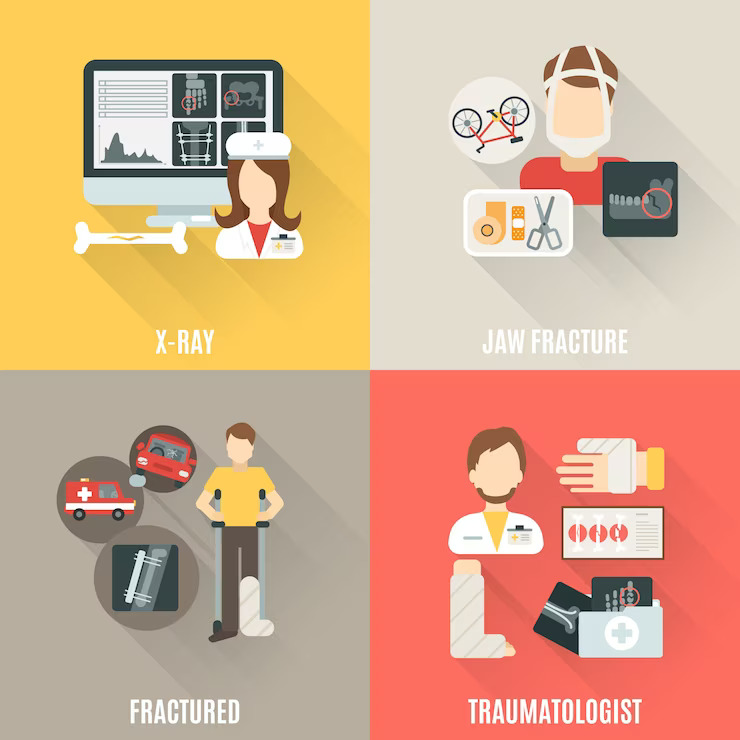Hip fractures are a common type of injury, especially among older adults. They occur when the hip bone is broken, typically due to a fall or other trauma. Hip fractures can cause significant pain and mobility problems and may require surgery and other types of treatment. Here’s what you need to know about the causes, symptoms, and diagnosis of hip fractures in Singapore.
Causes of Hip Fractures
Hip fractures are most commonly caused by falls, especially among older adults. Falls are responsible for over 90% of all hip fractures in people over 65. Other common causes of hip fractures include car accidents and sports injuries.
Several risk factors can increase the likelihood of experiencing a hip fracture. These include:
- Advanced age: Older adults are more likely to experience hip fractures due to age-related bone loss and increased risk of falls.
- Osteoporosis: A condition that weakens the bones and makes them more prone to fractures.
- Poor balance and coordination: This can increase the risk of falls and make it more likely that a hip fracture will occur.
- Medications: Certain medications, such as those used to treat osteoporosis, can increase the risk of hip fractures.
Symptoms of Hip Fractures
The symptoms of a hip fracture can vary depending on the severity of the injury. However, common symptoms include:
- Pain in the hip or groin area is often the most prominent symptom of a hip fracture. The pain may be severe and make it difficult to move or put weight on the affected leg.
- Swelling and bruising: The hip may become swollen and bruised as a result of the injury.
- Limited mobility: Moving the affected leg may be difficult or impossible.
- Shortening of the leg: The affected leg may appear shorter than the unaffected leg.
- External rotation of the leg: The affected leg may turn outward.
Diagnosis of Hip Fractures
If you are experiencing symptoms of a hip fracture, it is important to seek medical attention as soon as possible. Your doctor will perform a physical examination and may order imaging tests such as X-rays, CT scans, or MRI to confirm the diagnosis.
Treatment of Hip Fractures
The treatment of a hip fracture will depend on the severity of the injury and other factors, such as the patient’s age and overall health. Surgery is often required to repair the broken bone and restore mobility. Several types of surgical procedures may be used, including:
- Internal fixation involves using metal screws, plates, or rods to hold the broken bone in place.
- Total hip replacement: In cases where the hip joint is severely damaged, a total hip replacement may be necessary.
- Partial hip replacement: In some cases, only part of the hip joint may need to be replaced.
After surgery, patients may need to undergo physical therapy to help restore mobility and strength in the affected hip.
Prevention of Hip Fractures
Several steps can be taken to help prevent hip fractures, especially among older adults. These include:
- Regular exercise: Exercise can help improve balance and coordination, reducing the risk of falls.
- A healthy diet: A diet rich in calcium and vitamin D can help strengthen bones and reduce the risk of fractures.
- Safety modifications: Making modifications to the home, such as installing handrails and removing tripping hazards, can help reduce the risk of falls.
- Medication review: Reviewing medications with a healthcare provider can help identify any that may increase the risk of falls or fractures.
In conclusion, hip fractures are a common type of injury.

